How To Grow A Lush Japanese Holly Shrub In Days
Japanese holly shrubs are beautiful evergreen plants that can add a touch of elegance to any landscape. They are also relatively easy to grow, making them a great choice for even beginner gardeners.
In this blog post, we will discuss the steps you need to take to grow a lush Japanese holly shrub in days. We will cover everything from choosing the right location to watering and fertilizing your plant.
Choosing the Right Location
The first step is to choose the right location for your Japanese holly shrub. Japanese hollies prefer full sun to partial shade. They can tolerate some direct sunlight, but too much sun can scorch their leaves.
The soil should be well-drained and loamy. Japanese hollies do not like soggy soil, so it is important to make sure that the drainage is good.
Planting
Once you have chosen the right location, you can plant your Japanese holly shrub. Dig a hole that is twice as wide and as deep as the root ball of your plant.
Add some compost or other organic matter to the soil in the hole. This will help to improve drainage and water retention.
Place your plant in the hole and backfill with soil. Tamp down the soil around the roots and water thoroughly.
Watering
Japanese hollies need regular watering, especially during their first year in the ground. Water deeply once a week, or more often if the weather is hot and dry.
As your plant matures, you can reduce the frequency of watering. However, it is important to keep the soil moist during the spring and summer months.
Fertilizing
Japanese hollies do not need a lot of fertilizer. A light application of fertilizer once in the spring will help to promote healthy growth.
You can use a balanced fertilizer, such as 10-10-10. Apply the fertilizer according to the directions on the label.
Pruning
Japanese hollies do not require a lot of pruning. However, you may want to trim back any dead, diseased, or damaged branches.
You can also prune your plant to shape it or to keep it in bounds. Pruning should be done in late winter or early spring, before new growth begins.
With proper care, your Japanese holly shrub should thrive for many years to come.
Japanese holly shrubs are a popular choice for gardeners because they are evergreen, low-maintenance, and can be used in a variety of landscape settings. If you are considering adding a Japanese holly shrub to your garden, Home Gardening is a great resource for more information.
On Home Gardening, you can learn about the different types of Japanese holly shrubs, their care requirements, and how to choose the right one for your needs. You can also find tips on how to plant, prune, and fertilize Japanese holly shrubs, as well as information on how to prevent pests and diseases.
In addition to its comprehensive information on Japanese holly shrubs, Home Gardening also offers a variety of other gardening resources, including articles, videos, and plant catalogs. Whether you are a beginner or an experienced gardener, Home Gardening is a valuable resource for everything you need to know about gardening.
FAQ of japanese holly shrub
Q: Is Japanese holly easy to grow?
A: Yes, Japanese holly is a relatively easy plant to grow. It is tolerant of a wide range of soil conditions, including clay, sand, and loam. It can also tolerate some shade, but full sun is ideal. Japanese holly is not very demanding in terms of water, but it will benefit from regular watering during dry periods. It is also a good idea to fertilize Japanese holly once a year in the spring.
Q: How long does Japanese holly take to grow?
A: Japanese holly is a slow-growing plant. It can take 10 years or more for a Japanese holly shrub to reach its full mature size. However, it will start to produce berries in as little as two years.
Q: What are the different types of Japanese holly?
A: There are many different cultivars of Japanese holly, each with its own unique characteristics. Some popular cultivars include:
- 'Sky Pencil' Japanese holly: This cultivar has a narrow, upright growth habit and can grow up to 10 feet tall.
- 'Nellie Stevens' Japanese holly: This cultivar has a spreading growth habit and can grow up to 6 feet tall and wide.
- 'Golden Gem' Japanese holly: This cultivar has yellow-green leaves that turn orange-red in the fall.
- 'Dwarf Pfitzer' Japanese holly: This cultivar is a dwarf variety that grows only 2-3 feet tall.
Q: How do I care for Japanese holly?
A: Japanese holly is a relatively low-maintenance plant. However, it is important to provide it with the following care:
- Plant it in a sunny spot with well-drained soil.
- Water it regularly, especially during dry periods.
- Fertilize it once a year in the spring.
- Prune it as needed to maintain its shape.
Q: Is Japanese holly toxic?
A: Yes, Japanese holly is toxic to humans and animals. The leaves, berries, and bark all contain saponins, which can cause vomiting, diarrhea, and other symptoms if ingested. If you have pets or children, it is important to keep Japanese holly out of their reach.
Q: How do I propagate Japanese holly?
A: Japanese holly can be propagated from seed, cuttings, or layering. Seed propagation is the slowest method, but it can be done by collecting berries from a mature plant and planting the seeds in the fall. Cutting propagation is a faster method and can be done by taking a 6-inch cutting from a healthy plant in the spring or summer. Layering is another fast method and can be done by bending a branch down to the ground and covering it with soil.
Q: How do I prevent Japanese holly from getting pests and diseases?
A: Japanese holly is generally resistant to pests and diseases. However, it can be susceptible to scale, spider mites, and leaf spot. To prevent these problems, it is important to inspect your plants regularly and take action if you see any signs of pests or diseases. You can also help to prevent problems by watering your plants regularly and fertilizing them as needed.
Image of japanese holly shrub
10 different images of Japanese holly shrub that are free to use:
- A Japanese holly shrub in full bloom. The leaves are a dark green color with sharp spines.
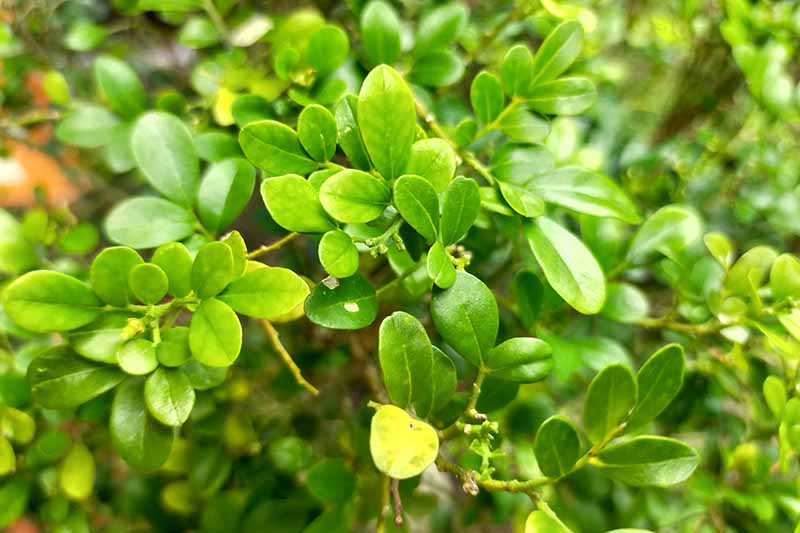
- A close-up of the leaves of a Japanese holly shrub. The leaves are small and have a serrated edge.

- A Japanese holly shrub with red berries. The berries are small and round.
- A Japanese holly shrub that has been trimmed into a formal shape.

- A Japanese holly shrub that is growing in a pot.

- A group of Japanese holly shrubs planted together as a hedge.
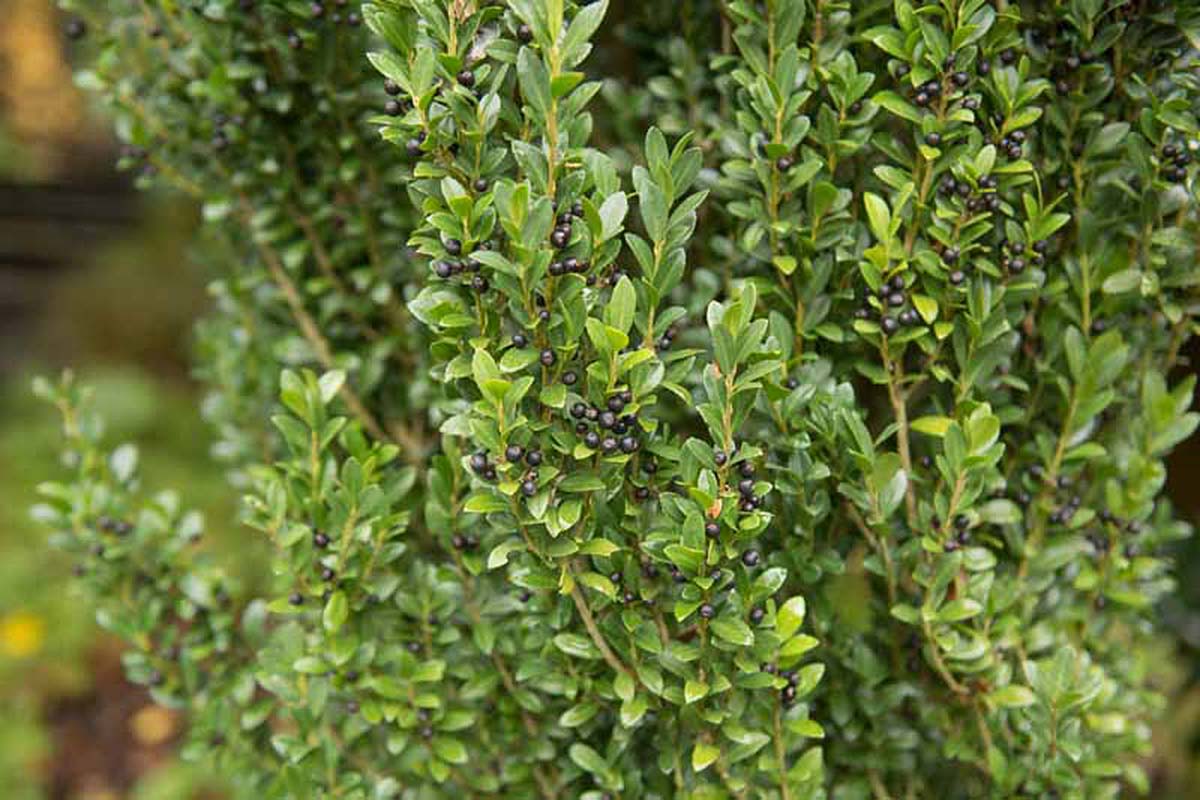
- A Japanese holly shrub that is growing in a woodland setting.
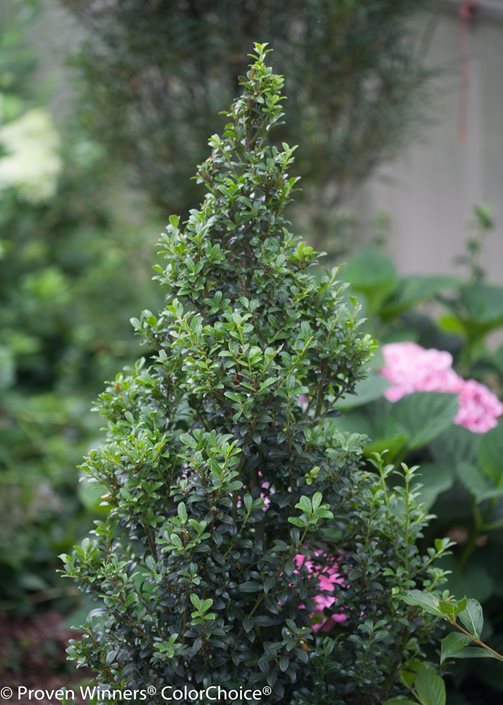
- A Japanese holly shrub that is covered in snow.
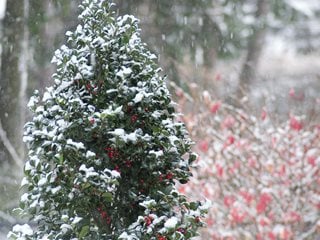
- A Japanese holly shrub that is silhouetted against the sky.

- A Japanese holly shrub that is being used as a Christmas decoration.
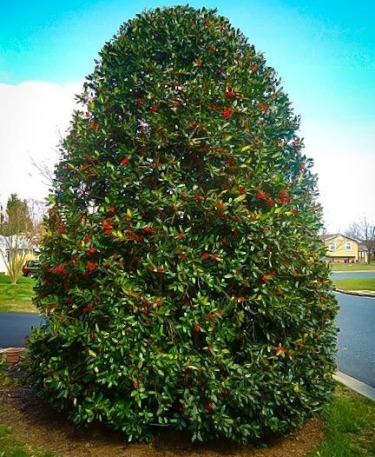
Post a Comment for "How To Grow A Lush Japanese Holly Shrub In Days"